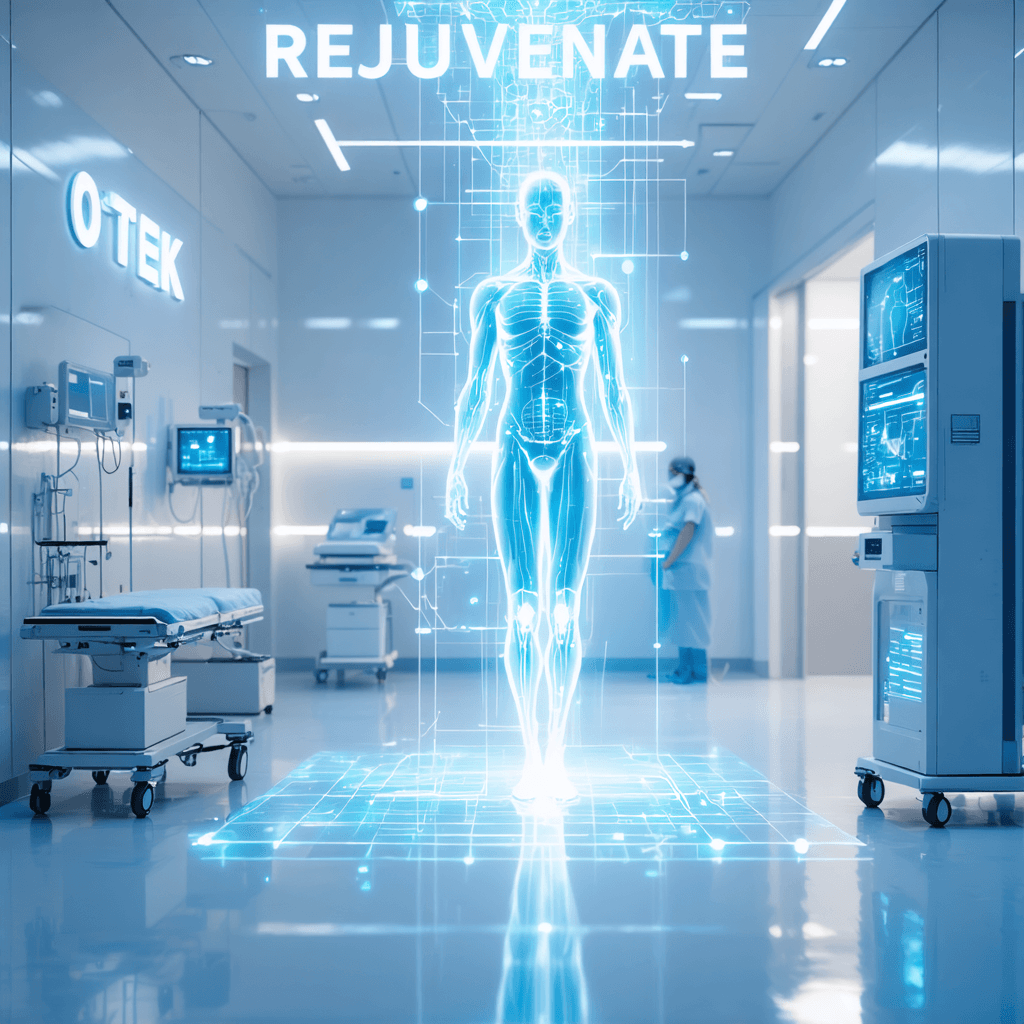Rejuvenating Healthcare: Breathing New Life into Legacy Systems with Adaptable Communication
The healthcare industry, a sector built on the noble pursuit of preserving life, often finds itself grappling with the weight of its own legacy. We’re not talking about the dedication of its professionals or the groundbreaking medical advancements – those shine brightly. We’re talking about the outdated systems, the siloed data, and the communication breakdowns that can hinder efficiency and, ultimately, patient care.
It's time for a digital renaissance in healthcare – a rejuvenation that leverages the power of adaptable communication to breathe new life into legacy systems.
Bridging the Gap: Where Legacy Systems Falter
Imagine a patient arriving at the emergency room, their medical history scattered across various doctor's offices, specialists, and even different healthcare providers. This scenario, unfortunately, is more common than we'd like to admit.
Legacy systems, often built on outdated technology, struggle with:
- Interoperability: The inability of different systems to "talk" to each other creates data silos. This lack of communication can lead to medical errors, delays in treatment, and frustrated patients and healthcare providers alike.
- Data Security: Outdated systems are often more vulnerable to cyberattacks, putting sensitive patient information at risk. In a world increasingly reliant on digital information, robust security measures are non-negotiable.
- Inefficient Workflows: Manual data entry, paper-based processes, and a lack of real-time information sharing bog down healthcare professionals. Time that could be spent with patients is lost to administrative burdens.
These challenges highlight a critical need for adaptable communication – the ability of systems, devices, and applications within the healthcare ecosystem to seamlessly exchange information, regardless of their underlying technology.
Adaptable Communication: The Engine of Healthcare Transformation
Adaptable communication acts as a universal translator, breaking down the barriers between different systems and fostering a collaborative healthcare environment. This interconnectedness ushers in a new era of efficiency, accuracy, and patient-centric care.
Let’s delve into the core components that drive this transformation:
- Application Programming Interfaces (APIs): APIs are the messengers of the digital world, enabling different software applications to communicate and share data. In healthcare, this translates to electronic health records (EHRs) seamlessly exchanging information with lab systems, pharmacies, and other relevant platforms.
- Fast Healthcare Interoperability Resources (FHIR): FHIR is a standardized framework for exchanging healthcare information electronically. This universal language simplifies data exchange, making it easier for developers to create interoperable applications and systems.
- Cloud Computing: Cloud-based platforms offer scalability and flexibility, allowing healthcare providers to access and share information securely from anywhere with an internet connection. This accessibility empowers real-time collaboration and data-driven decision-making.
Reaping the Rewards: A Healthier Future
The integration of adaptable communication isn't merely about technological advancement; it’s about tangible improvements in patient care and overall healthcare efficiency:
- Enhanced Patient Safety: Complete and accurate patient information readily available at the point of care reduces the risk of medical errors and enables more informed treatment decisions.
- Improved Care Coordination: When specialists, primary care physicians, and hospitals can readily share patient information, care transitions become smoother, and patients benefit from a holistic approach to their health.
- Empowered Patients: Adaptable communication paves the way for patient portals that provide easy access to medical records, appointment scheduling, and secure communication with providers, fostering greater patient engagement in their own health journey.
- Streamlined Operations: Automated workflows, reduced administrative burdens, and improved data analysis free up valuable time for healthcare professionals, allowing them to focus on what matters most – patient care.
Embracing the Future of Healthcare
Rejuvenating healthcare is not a distant aspiration; it’s a transformation already in progress. As we embrace adaptable communication, we embrace a future where technology empowers healthcare professionals to deliver the best possible care. The journey begins with understanding the power of interoperability, adopting industry standards like FHIR, and leveraging cloud-based solutions.
This is more than just an upgrade – it’s a commitment to building a healthier future for everyone.
Ready to delve deeper into the world of healthcare technology? Explore a wide range of courses and resources on 01TEK and become a part of the healthcare revolution!
You must either modify your dreams or magnify your skills.
Jim Rohn



